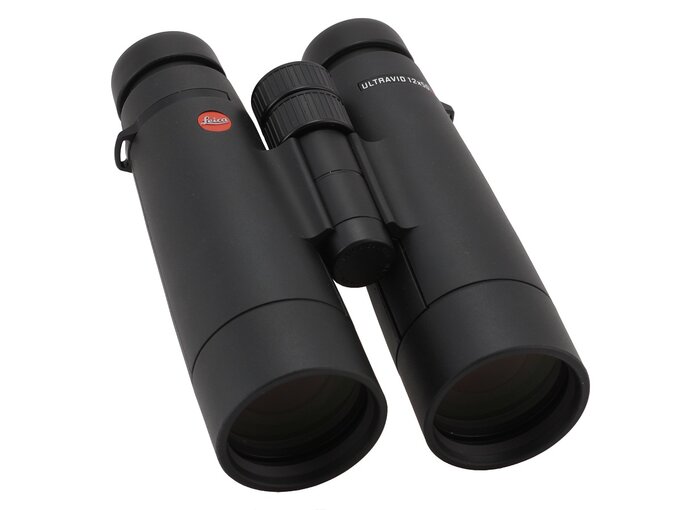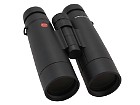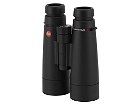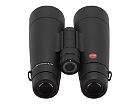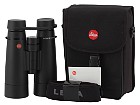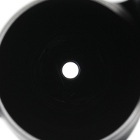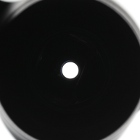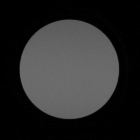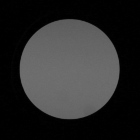Leica Ultravid 12x50 HD
Compared to the previous version, the producer used fluorite glass in the objective lenses and better antireflection coatings which are supposed to assure the transmission level higher by 3% compared to the predecessor. What’s more, the outer optical surfaces were covered by AquaDura coatings which task is to make the water roll off very quickly. These coatings also make the cleaning of optical elements easier – the traces of damp, mud or fingerprints are supposed to be very easy to remove. The 12x50 HD model is also supposed to have the field of view wider by 0.1 degree than a normal Ultravid 12x50. Physically, the Ultravid binoculars are not visibly different from each other, what can be clearly seen in the picture below (the older model is on the left, the HD version – on the right).
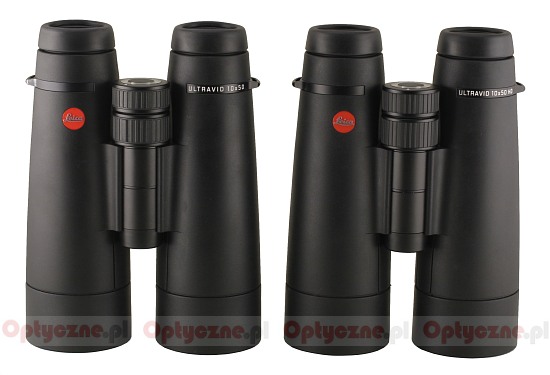 |
The magnesium barrel of the binoculars is covered by soft, matt rubber, which is supposed to guarantee a reliable hold even in difficult conditions. Additionally, it is waterproof down to a depth of 5 meters, and nitrogen-filled. The HD Ultravid devices can be used in the temperature range from –25 to +60░C.
The buyers get a neoprene strap, a Cordura case, a rain guard and caps for objective lenses in the box. The binoculars also come with a 10-year-long guarantee period.
| Magnification | Lens diameter | Angular field of view | Prisms | Eye relief | Weight | Price |
|---|---|---|---|---|---|---|
| 12 | 50 | 100/1000(5.7o) | BaK-4/roof | 13 mm | 1000 g | 9990 PLN |
Summary
Pros:
- solid and comfortable casing,
- wide field of view,
- quite good correction of chromatic aberration,
- negligible astigmatism,
- slight coma,
- not especially bothersome brightness loss on the edge of the field,
- good performance against bright light, negligible glare,
- very good blackening inside the tubes,
- more or less circular exit pupils,
- high quality coatings and prisms.
Cons:
- a tad too high distortion level.
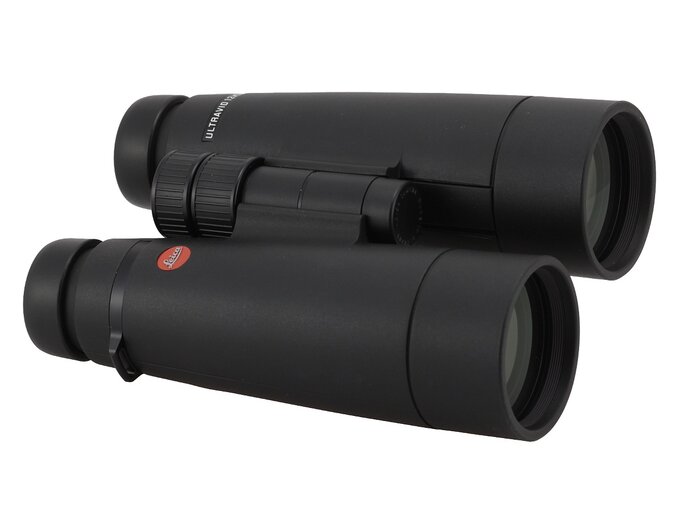 |
Still where's the will there's a way: I contacted the 6x7 shop, also a distributor of Leica products in our country, and the managers were able to rise to the occasion – we got instruments for testing in the last possible moment. As we lacked time and different companies still experienced stock shortages caused by the Covid-19 pandemic, we decided to test the Ultravid HD series binoculars, as it was available, not the harder-to-get Ultravid HD+ one.
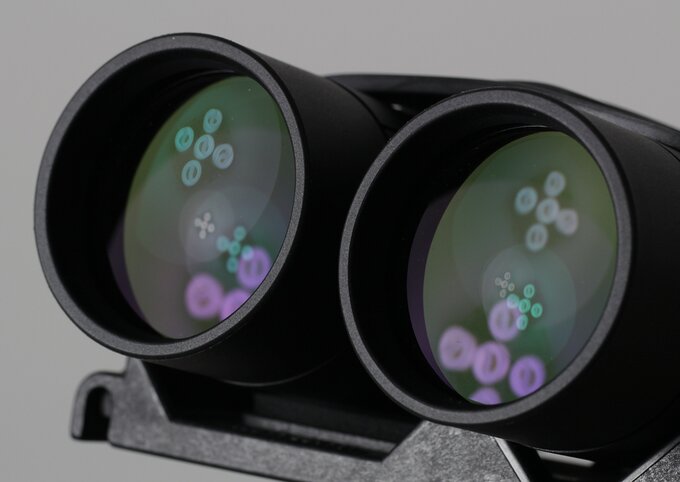 |
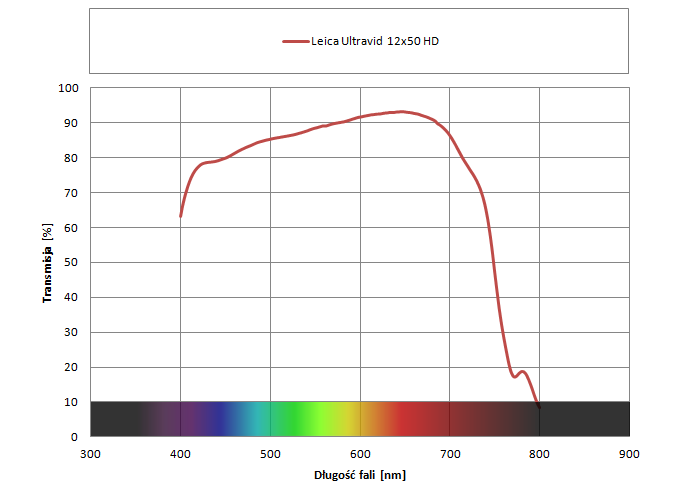 |
The Leica Ultravid 12x50 HD didn't surprise us with its result, as it was very similar to results of other models from this series, namely the 10x42, and the 10x50 tested previously.
Despite the fact that you deal here with an optical system designed almost 30 years ago the performance of the binoculars is practically flawless, completely able to defeat many direct rivals. Still, when you stack it up against an equally renowned competitor, the Swarovski EL Swarovision, its task becomes very difficult. Swarovski offers a much newer pair of binoculars, designed a bit over 10 year ago, and the age difference is really visible, especially on the edge of the field. The Swarovski instrument is able to offer you a higher image quality with preserving the same size of the field and its eye relief distance is definitely more comfortable.
The Swarovski EL prevails also when it comes to colour rendering but you have to remember the fact that, if you had compared it to the HD+ model, the difference could have been far smaller.
To sum up the Leica Ultravid 12x50 HD is an excellent pair of binoculars, practically devoid of any flaws. Still, when it comes to the premium segment, every nuance counts and in that area we think the Swarovski fares a tad better. I suppose, after three decades of their market careeer a brand new set of 50 mm binoculars should be taken into account – they would allow Leica to soar to a new optical level, reserved for the top of the top. Anyway it would profit both Leica and all fans of binoculars, their potential customers – and I wish it with all my heart.




